BUS30009: External Environment and Industry Analysis of FBA
VerifiedAdded on 2023/01/16
|5
|793
|67
Report
AI Summary
This report analyzes Family Business Australia (FBA) by examining its external environment and industry dynamics, focusing on the application of Porter's Five Forces model. The analysis evaluates the bargaining power of buyers and suppliers, the threat of new entrants and substitutes, and the rivalry among existing competitors. The report highlights the impact of these forces on FBA's strategic decisions and competitive advantage, discussing factors such as the higher bargaining power of buyers due to numerous substitutes, the lower bargaining power of suppliers, the moderate threat of new entrants, and the higher threat of substitutes. It also addresses the high rivalry among competitors and suggests that FBA should focus on lower fixed costs and effective leadership to sustain its business in the marketplace. The report references key literature to support its findings, providing a comprehensive overview of FBA's industry position and strategic considerations. The report also mentions key factors like technology, location, and competitive benefits.
1 out of 5
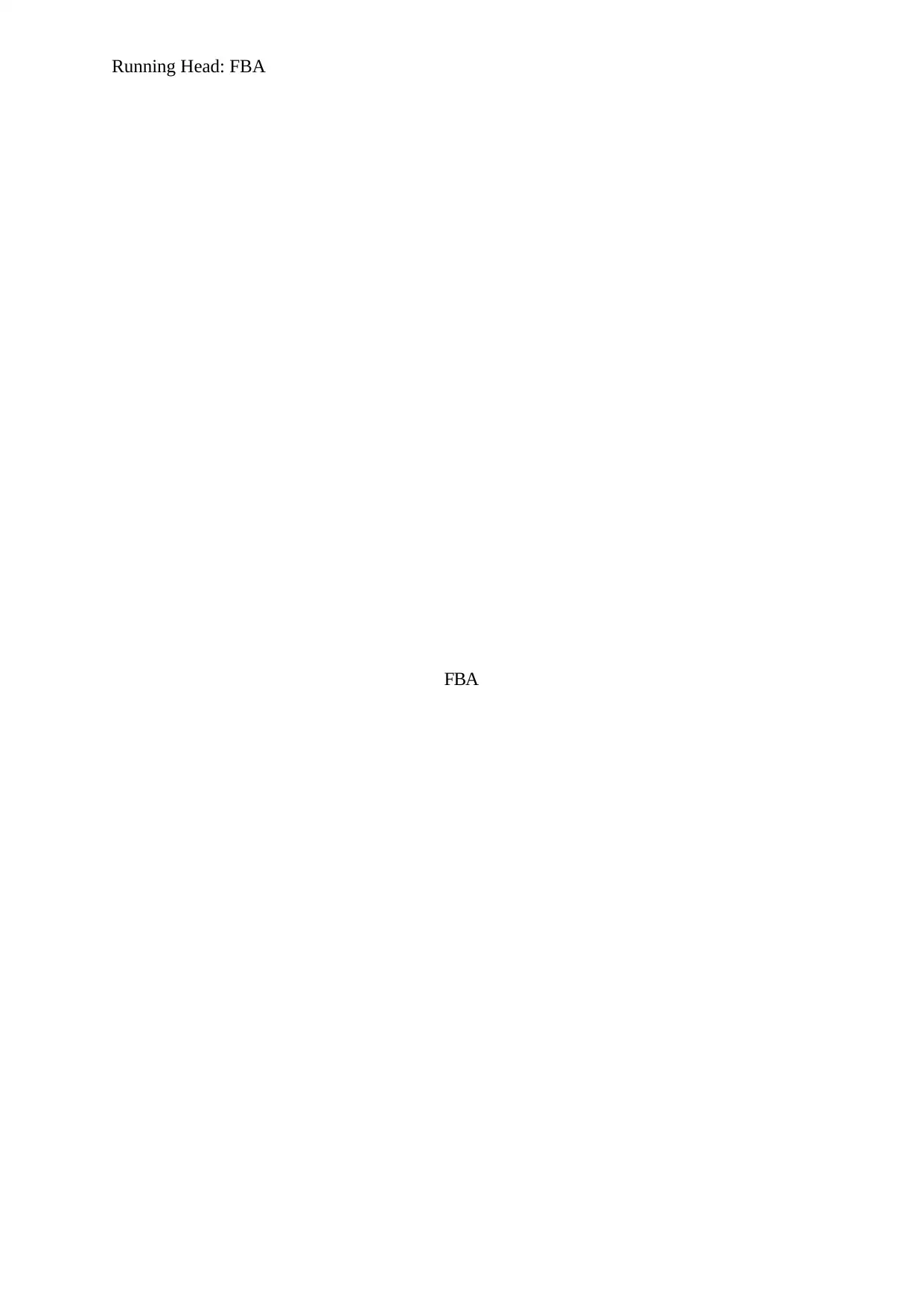
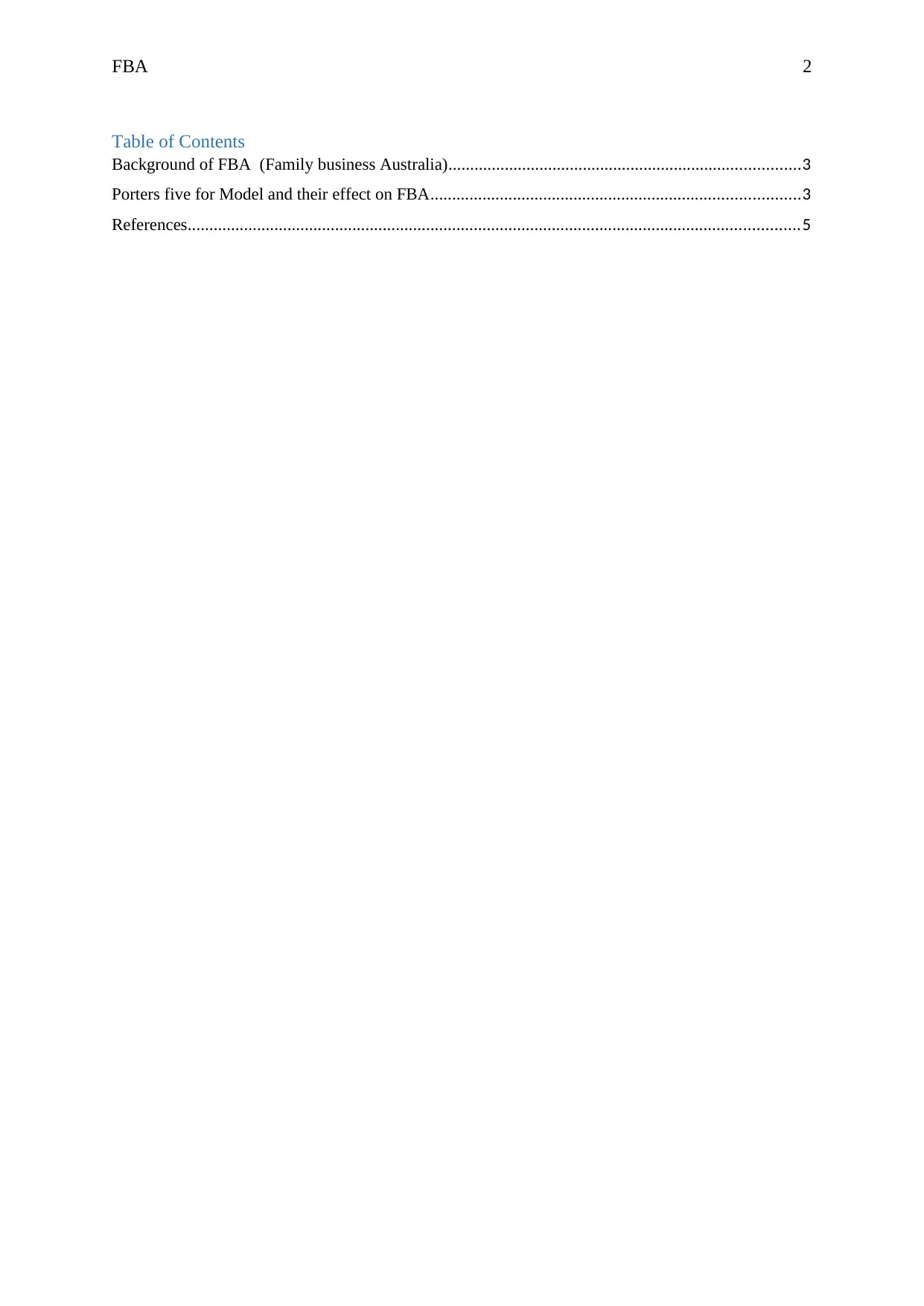
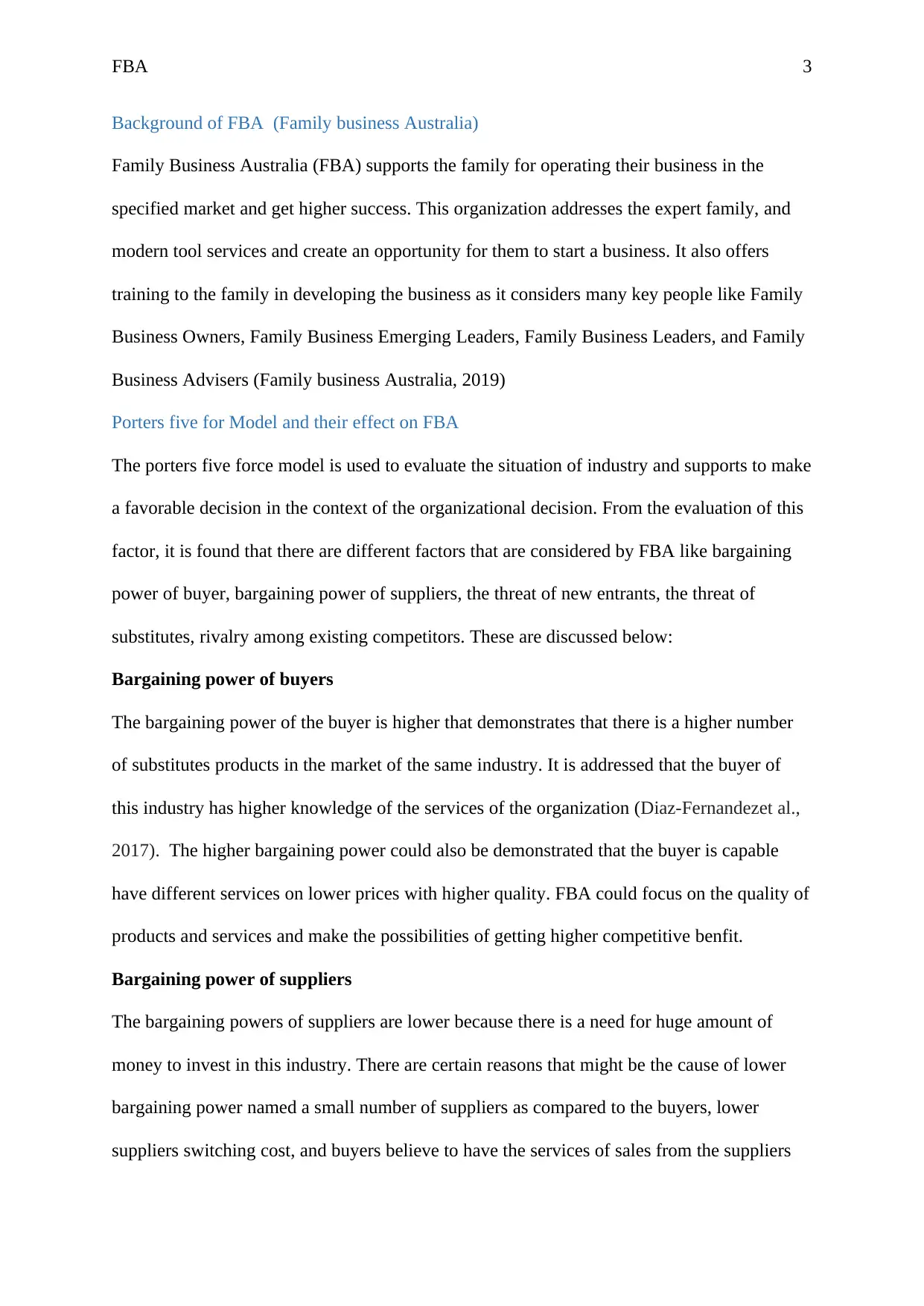

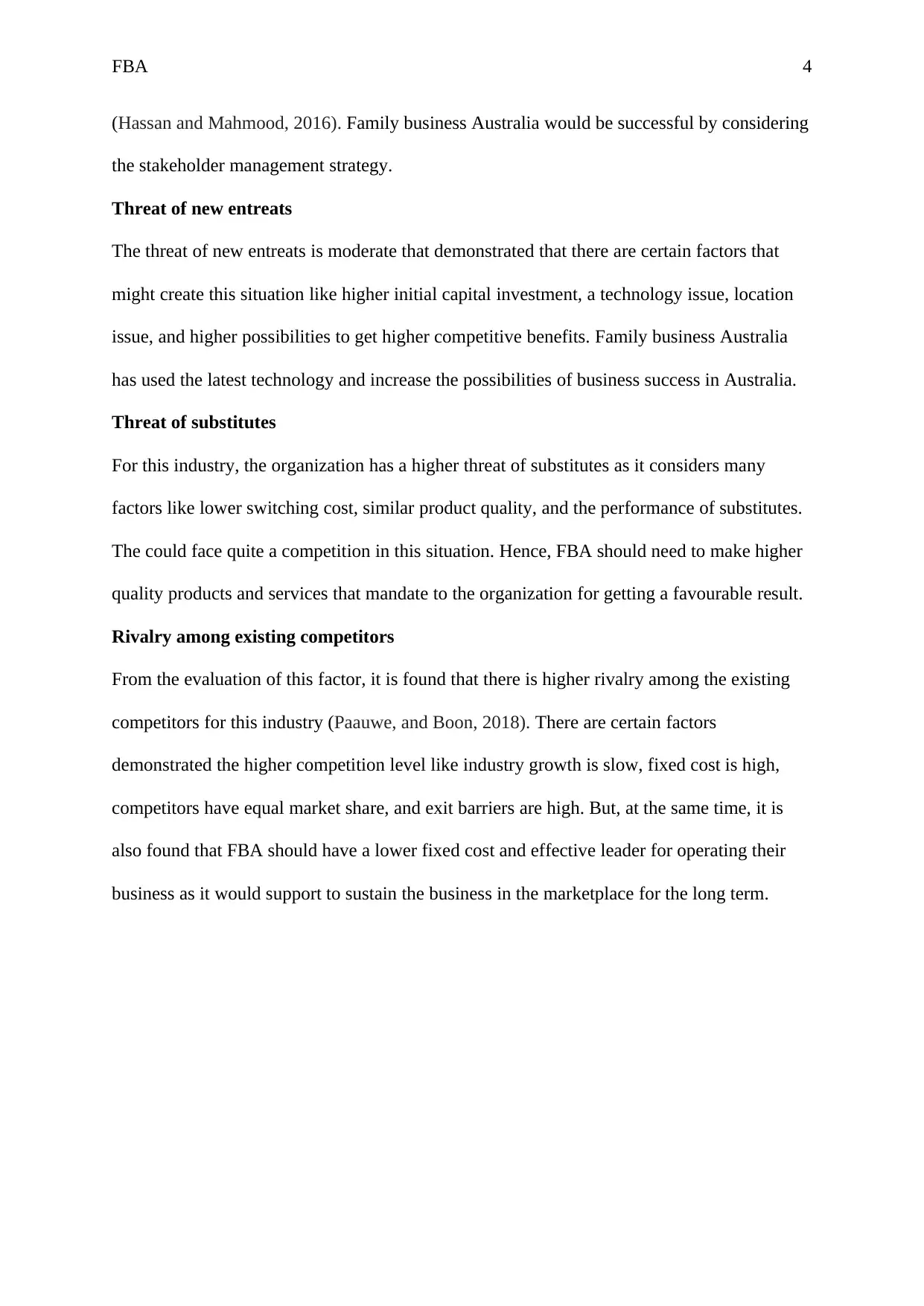
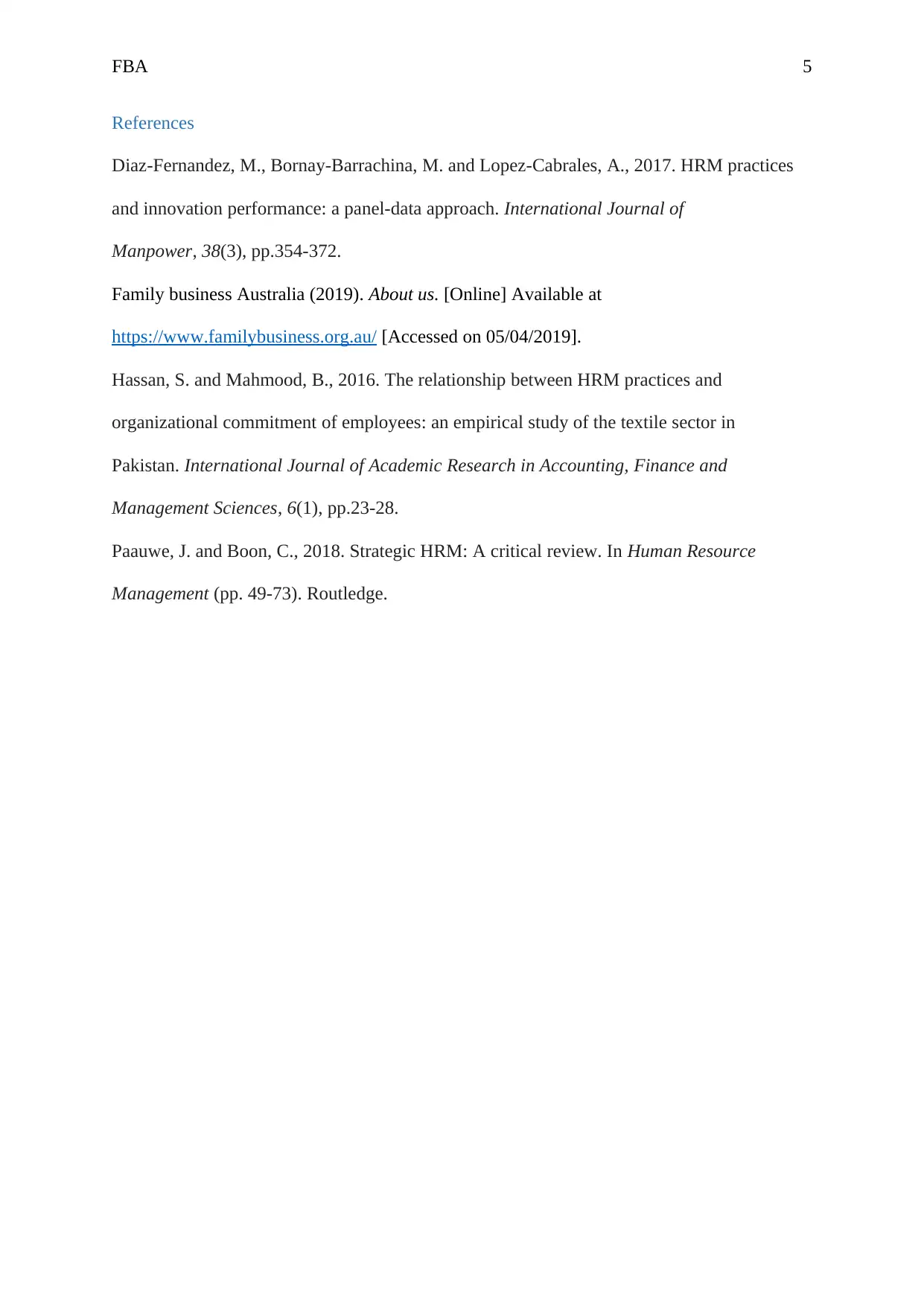






![[object Object]](/_next/static/media/star-bottom.7253800d.svg)